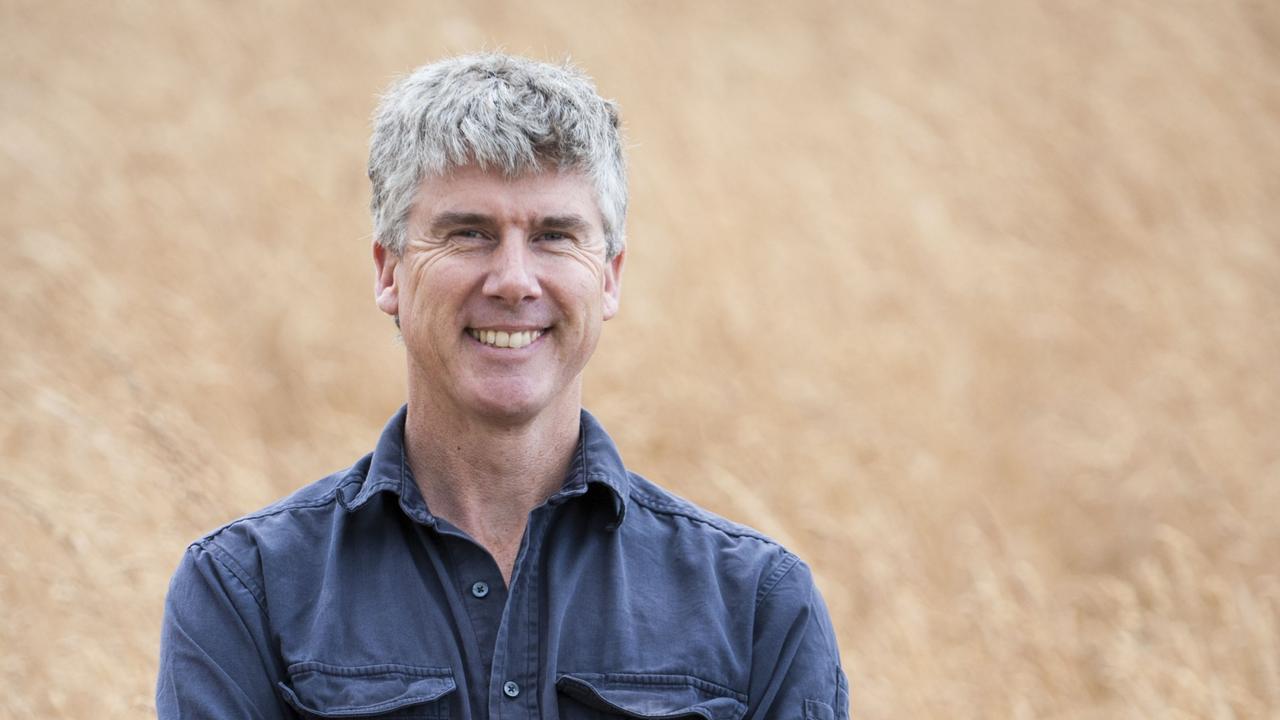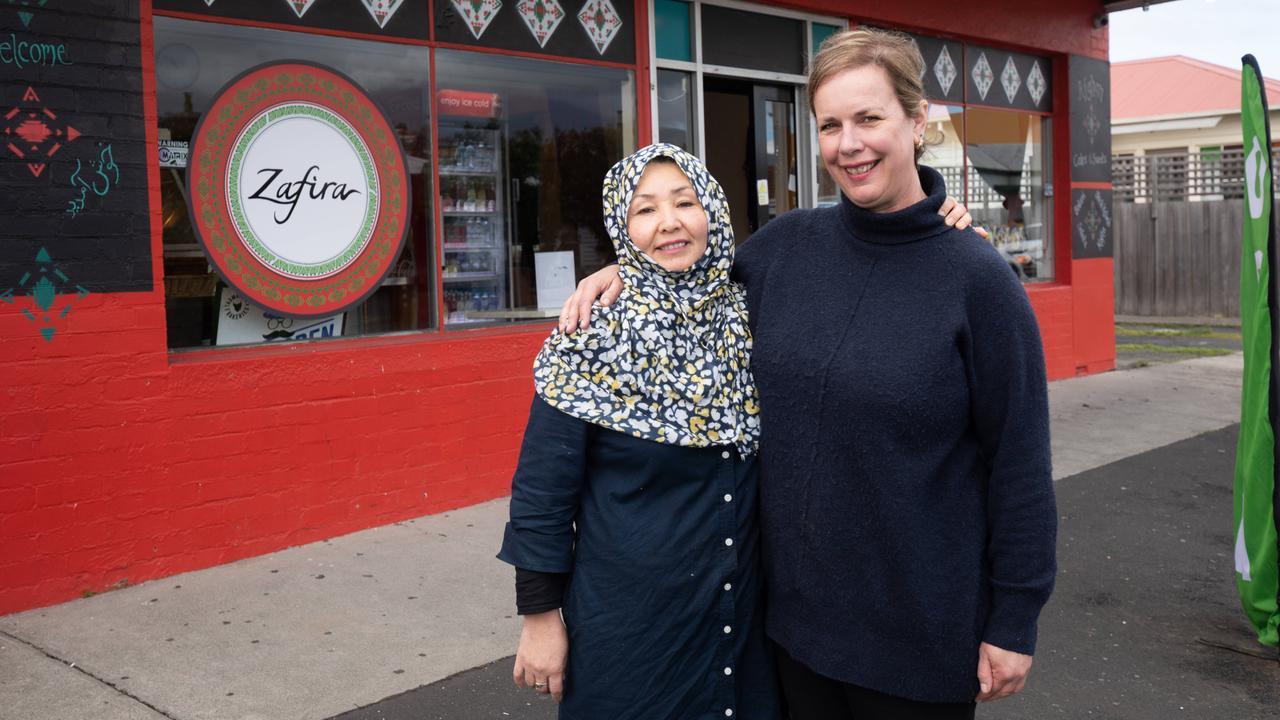TasWeekend: Platters that matter in the heart of Sassafras on the North-West Coast
The blink-and-you’ll-miss-it town of Sassafras in Tasmania’s North-West may have a population of only about 350 people but it bats well above its weight in the food stakes.
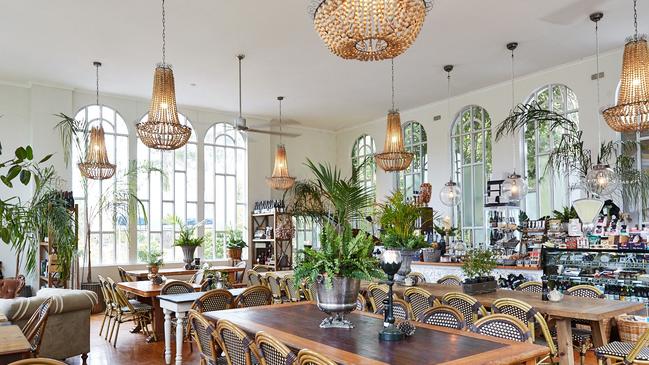
Taste Tasmania
Don't miss out on the headlines from Taste Tasmania. Followed categories will be added to My News.
THE blink-and-you’ll-miss-it town of Sassafras in Tasmania’s North-West may only have a population of about 350 people but it bats well above its weight in the food stakes. At the centre of the rural hamlet’s culinary universe sits the rather grandly named Tasmanian Food and Wine Conservatory.
It’s an eatery I’ve long wanted to visit since it opened in 2015 but my timing has never been quite right – until today. En route to Ulverstone, I am keen to escape the car after almost three hours of negotiating roadworks.
Although it’s Wednesday, the car park is almost full when we arrive just after noon. Even from the outside, the conservatory has an other-worldly feel about it. Stark white with magnificent arched windows, it surely contains something exotic.
I remember first admiring the building as a child on our regular journeys from Hobart to visit my staunchly Scottish paternal grandparents who lived in a nursing home in nearby Devonport.
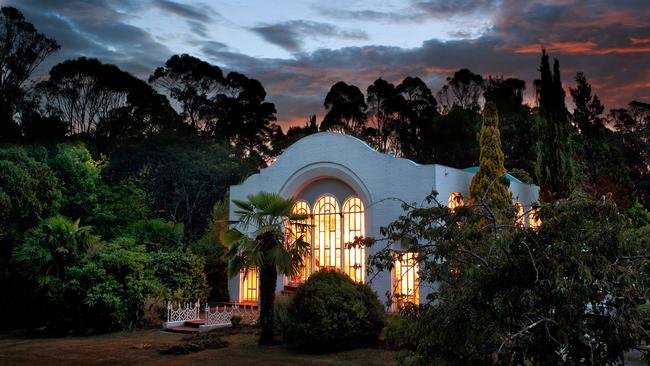
Brielle Mason, who opened the conservatory café and providore with her mother Vonda four years ago this month, says the local landmark was built as a folly about 40 years ago by a local gent on his return from Europe.
Primarily conceived as a beautiful place in which to play his grand piano, it has operated as tea rooms in the past and hosted many functions – including Brielle’s own parents’ wedding – but then sat vacant for a long stretch.
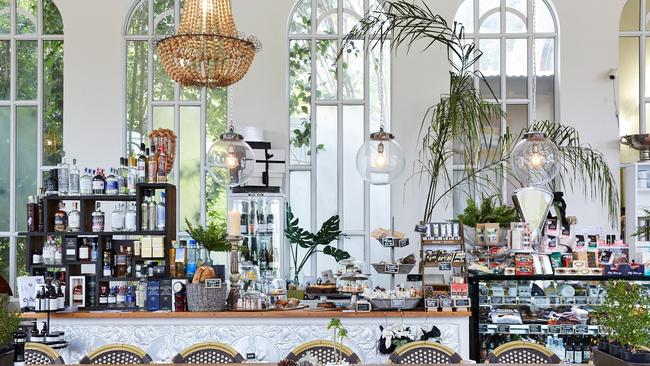
Today it’s buzzing. About half the timber tables are occupied and there’s an abundance of plant life thriving in the voluminous light-filled space. The grand piano remains in situ on the parquetry floor.
The pressed-tin service counter is groaning with goodies, from Tasmanian gins, crusty bread, smallgoods and cheeses, honey with ginseng, and confectionary from Anvers just a few clicks up the road at Latrobe. There are cookbooks from the state’s culinary luminaries – think Sally Wise, Rodney Dunn and Matthew Evans – stacked on the shelves.
We pull up a few seats at the end of a long table illuminated by beaded chandeliers. A young waitress with a long plait running down the length of her back soon appears. Mindful of time, we quickly order a tasting plate for two and the panzanella.
The latter – a Tuscan-inspired dish comprised of tomatoes and bread – is summer on a plate or, in this case, on a slate. Sweet heirloom tomatoes, grown by the Brandsema family at Turners Beach, are united with their perfect partner, basil, Westhaven feta and topped with salty slices of prosciutto from the Best Butchery at Deloraine. The salad is cleverly bookended with mounds of garlic crutons, ensuring the bread does not lose its crunch.
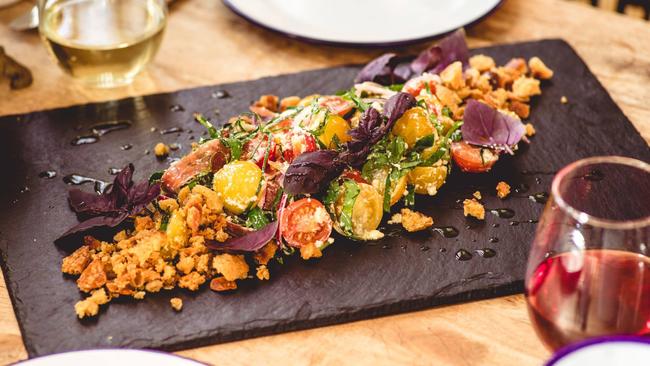
The platter is loaded with local meats, cheeses, and sweet and tangy trimmings. Included is: hot smoked salmon from 41 Degrees South, a salmon farm and ginseng plantation at Red Hills; ham from Cygnet; wallaby salami from Lenah Game Meats in Launceston; and chorizo from Mount Gnomon Farm in Penguin.
The pick of the cheeses is a spreadable sheep’s curd from Grandvewe, served with honey and walnuts. There’s an ample supply of fresh and crispy bread to accompany the grazing plate, as well as pickled cucumber and fennel, olives, mustard, onion jam and an apple jelly flavoured with star anise.
Brielle later tells me the panzanella is a recent arrival on the menu, which changes all the time. It will soon shift into autumn mode. One constant is the ingredients are 100 per cent Tasmanian.
“We are constantly experimenting with new dishes, trying new things,” she says. It’s the platters, however, that keep people coming back. And, having finally tried one, that’s not surprising.
What does surprise me is where most of their clientele comes from.
“When we opened, we thought it would be predominantly tourists coming past on the highway,” Brielle says. “But about 70 per cent of our clientele is from Launceston, which is a 45-minute drive away.” Some things, it seems, are well worth the drive.

